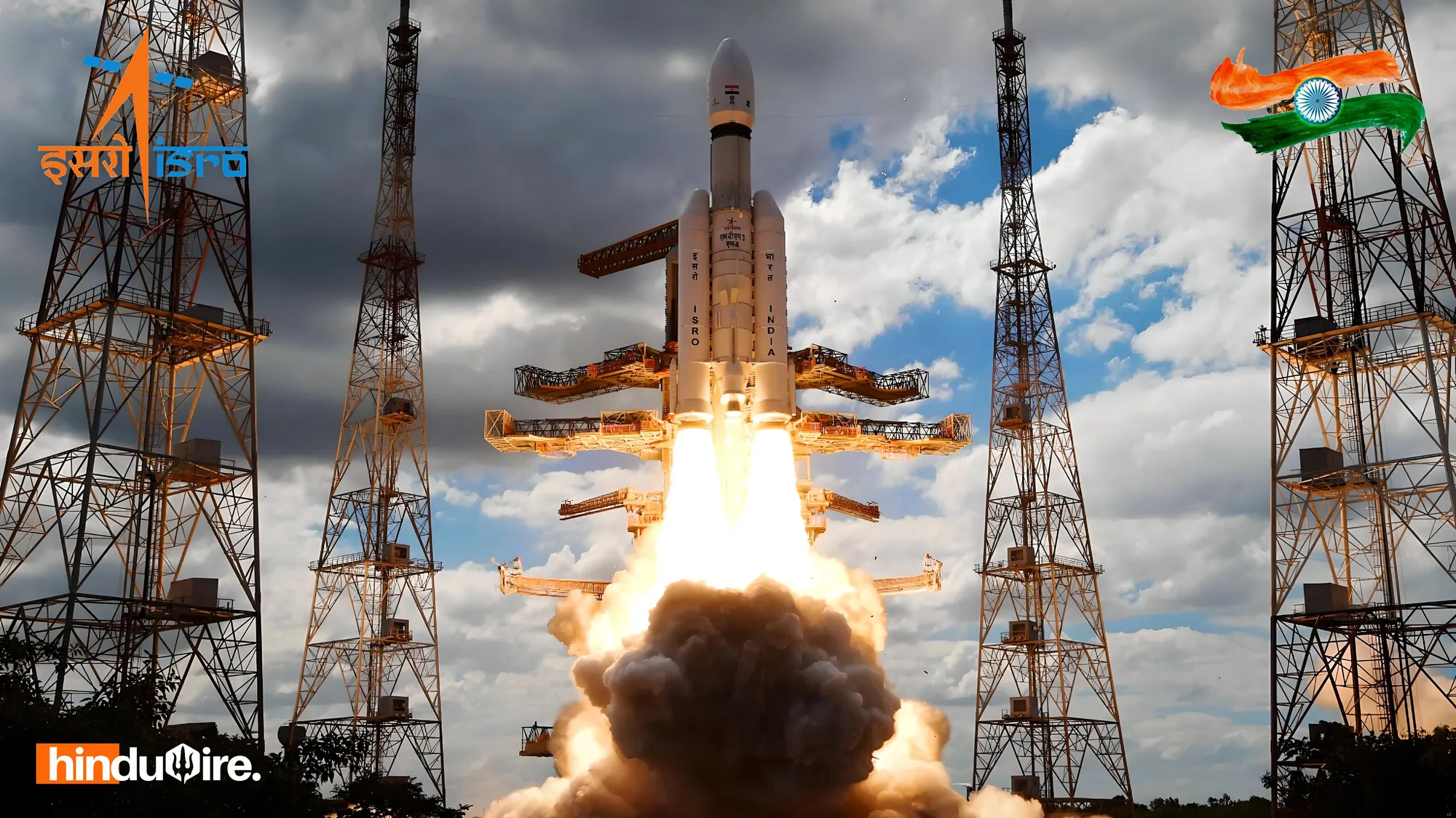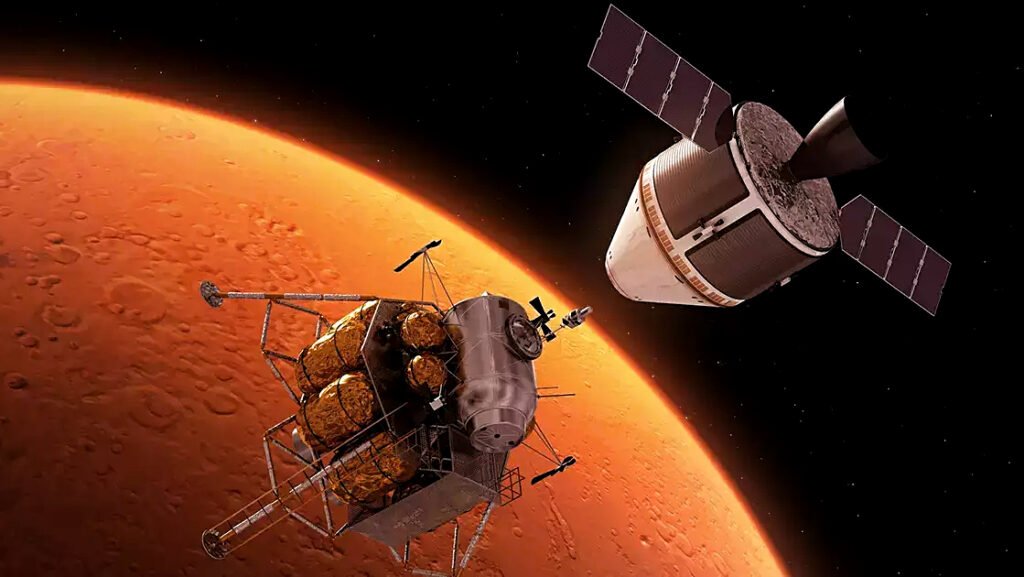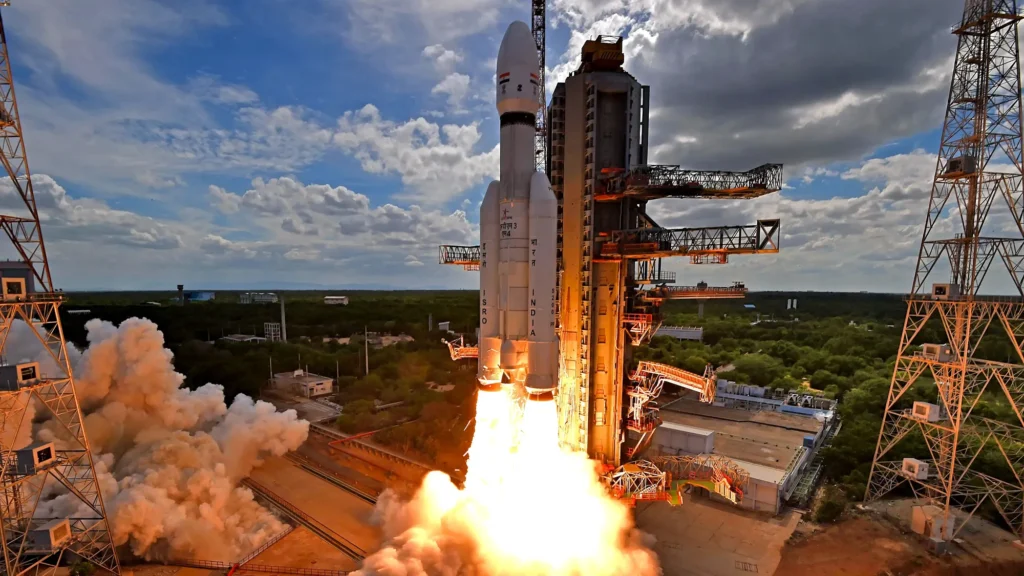India Approves Ambitious Venus Orbiter Mission and Advances Chandrayaan-4

In a noteworthy advancement for India’s space exploration program, the Union Cabinet has approved two ambitious missions: the Venus Orbiter Mission (VOM) and a third phase of the Chandrayaan program entitled Chandrayaan-4. Both missions advance India’s ambitions in space research on the heels of the success of the Chandrayaan-3 mission.
Venus Orbiter Mission (VOM)

The Venus Orbiter Mission, which is planned for launch in March 2028, aims to study the planet’s surface, subsurface, and atmosphere. The mission’s total budget is ₹1,236 crore (or $149 million), and it aims to improve our understanding of Venus, a planet once possibly similar to Earth before enduring radical transitions. By learning about what those transitions entailed, scientists hope to understand planetary evolution and the circumstances to think about changes to Earth in the future.
The spacecraft will also examine the characteristics of a great influence, the Sun, on the atmosphere of Venus, which may help scientists obtain valuable data on solar-planetary characteristics. The Venus mission will require a significant competitive and collaborative effort from India’s industries and academia.
Chandrayaan-4: The Next Lunar Mission
While Venus receives the tilt, Chandrayaan-4 sits in the cue of India’s expanding agenda in space. Chandrayaan-4 is planned for 2028, and it will return samples from lunar regolith on the Moon’s surface. This program builds momentum from the success of Chandrayaan-3’s successful mission, which included the landing near the lunar South Pole.

Having successfully completed past missions in the Chandrayaan program, India is pushing to further ambitions on the Moon, with potential new innovative instruments to collect important geological samples to promote understanding of the Moon’s levels of evolution.
This is essentially the beginning of the new collaborative missions to support India on our flight to reach and improve scientific collaborations. This mission will help in pursuit of more scientific habitations of a Moon’s surface, and background, to back lunar stations, in cooperation with the Artemis lunar missions at NASA.
These two missions expand on India’s ambitions to reach higher levels of extent to space exploration, the previous point that supports the stature of ISRO’s outlines of global stature and commitments to interplanetary exploration.
Source: ANI







